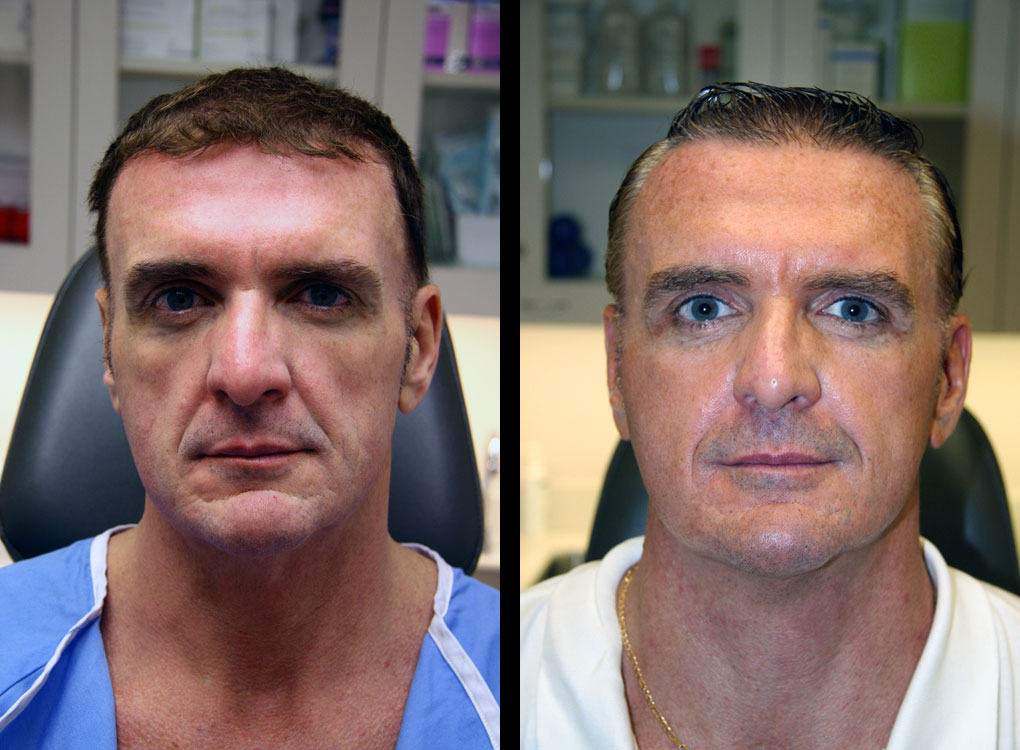Adult Stem Cell Therapy
 Most of the cells in your body are highly specialized. A kidney cell, for example, can multiply and create new kidney tissue, but it can’t turn into a bone cell or neuron. Stem cells, on the other hand, are able to differentiate into many different cell types.
Most of the cells in your body are highly specialized. A kidney cell, for example, can multiply and create new kidney tissue, but it can’t turn into a bone cell or neuron. Stem cells, on the other hand, are able to differentiate into many different cell types.
The primary function of adult stem cells, which reside throughout the body, is to maintain and repair tissues. Their innate brilliance lies in their ability to zero in on areas of damage or degeneration. Signaled by inflammation, they migrate wherever they’re needed and, taking cues from surrounding cells, facilitate healing, restoration, and regeneration.
Stem cell therapy used to involve embryonic cells, which understandably generated a lot of controversy. Today’s research focuses on non-embryonic adult mesenchymal stem cells—and there is nothing controversial about using your own cells in a safe and therapeutic manner. Adult stems cells may be derived from bone marrow. However, this isn’t a particularly abundant source, and cells must be cultured over several days to create enough for therapeutic use. Furthermore, their number and viability decline dramatically with age. More recently, fat was discovered to be a far richer, much more accessible repository of robust adult stem cells.
New technologies now make it possible to remove a few ounces of a patient’s fat through a “mini” liposuction procedure, separate out the stem cells in a special process that yields extremely high numbers of viable cells, and return them back into that person’s body via an IV or injection.
Performed in a physician’s office, under sedation and local anesthesia and using a sterile “closed system” technology so the cells never come into contact with the environment, there is minimal discomfort and risk of infection. And because the stem cells come from the patient’s own body, there is no risk of rejection or disease transmission.
